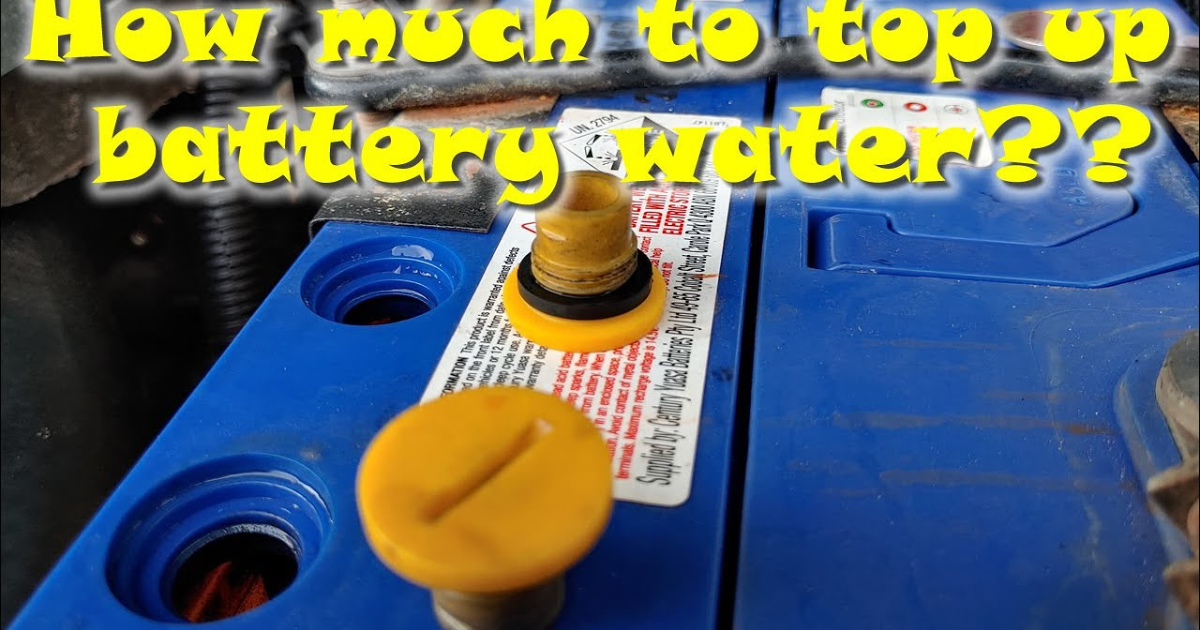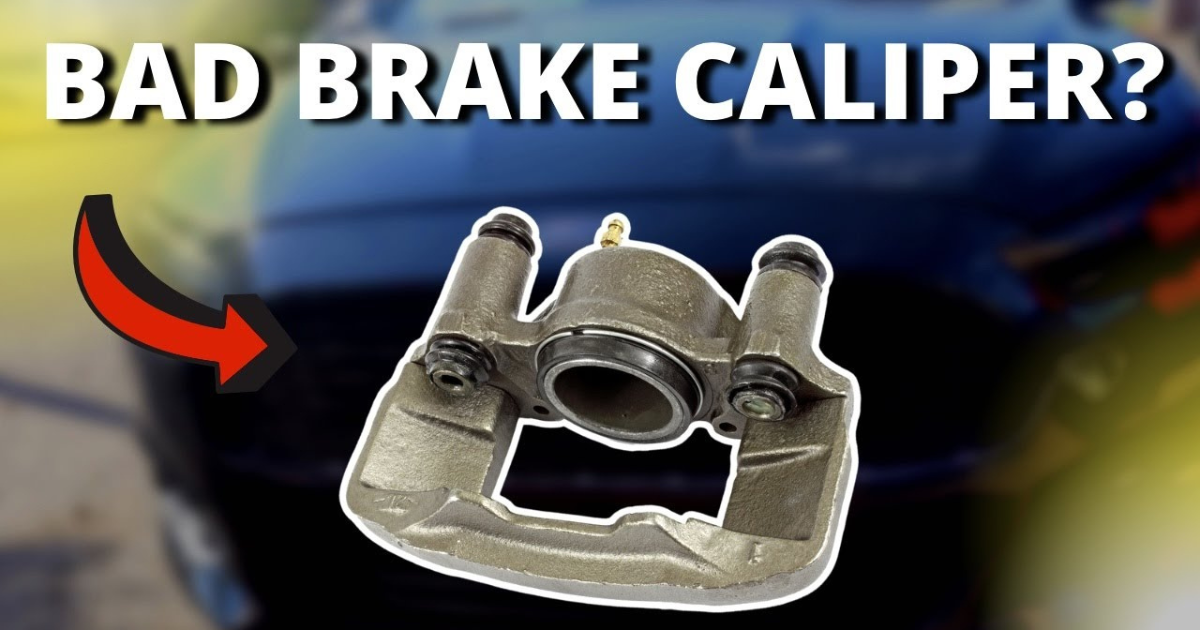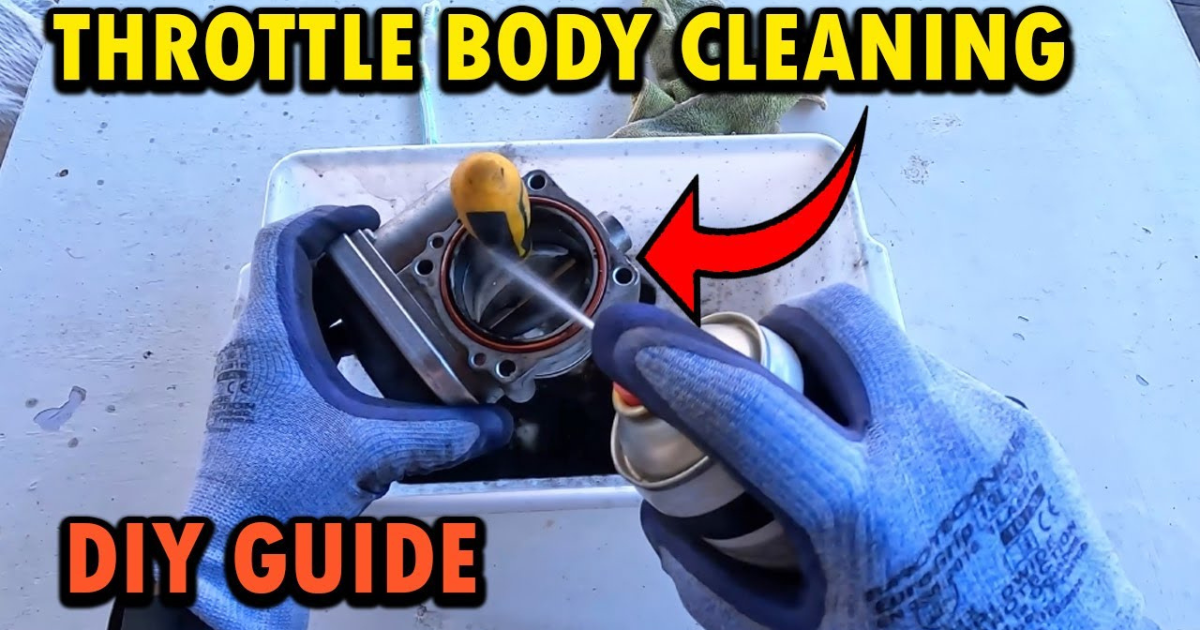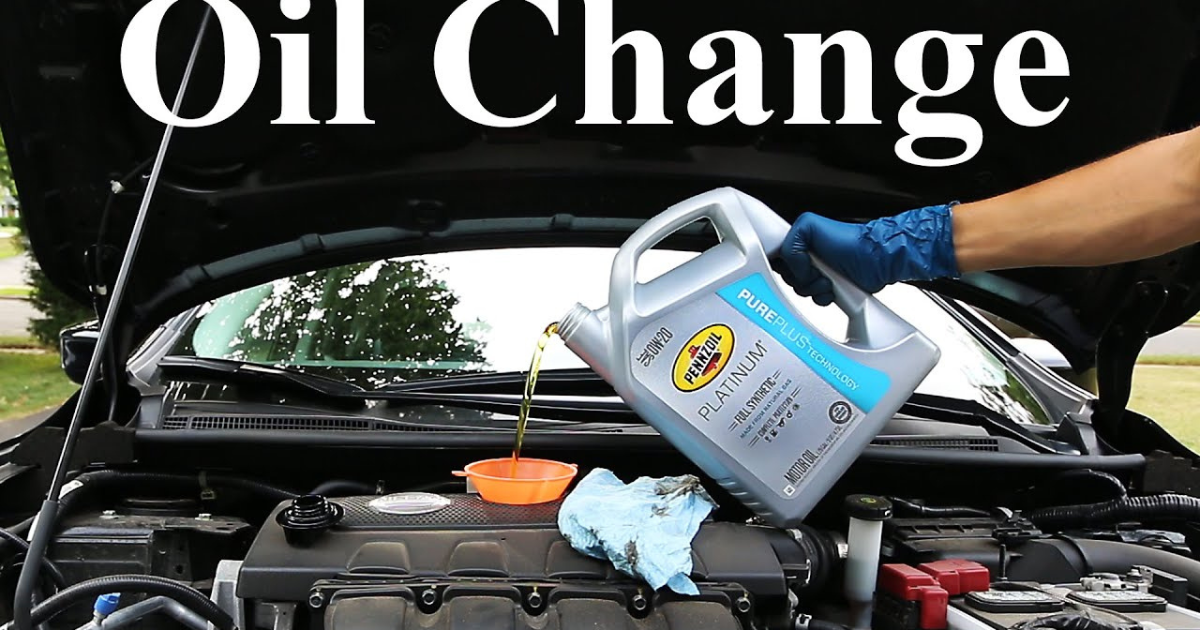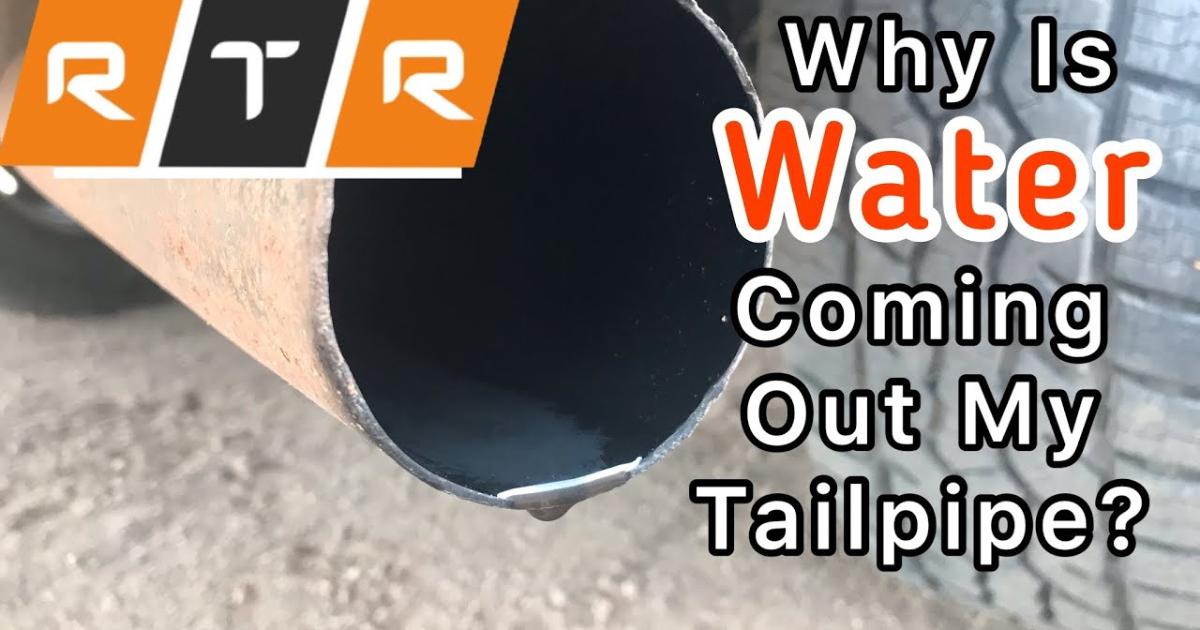Your car’s battery is a crucial component that powers the electric motor system, which starts the combustion engine. To maintain your battery’s performance, cleaning the electrodes and refilling electrolytes are essential tasks. This article focuses on replenishing the fluid in your battery and the battery acid vs. distilled water debate.
Battery Acid
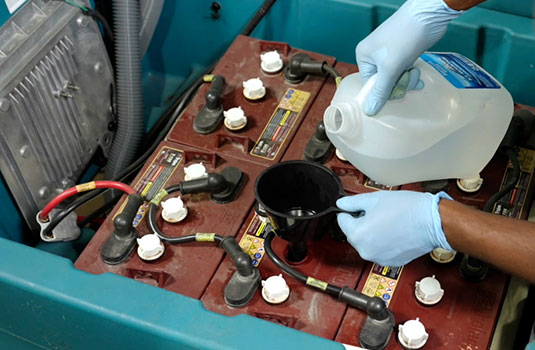
Battery acid is sulfuric acid, which acts as the electrolyte in the battery. It is usually diluted with water to reduce its concentration to around 30% or 50%. The acid-water mixture makes the ions more liberal, leading to enhanced conductivity. The battery acid reacts with lead electrodes, which are conductive plates located on opposite sides of the battery. The anode sends electrons to the circuit, whereas the cathode receives the electrons.
During discharge, the acid decomposes and becomes more like water. The hydrogen ions from the acid will mix with the oxide ions from the lead dioxide. This is an exergonic process, which means there is a positive flow of energy in the system. Another process that happens during the battery discharge is the release of sulfate ions, which coat the lead electrodes. This action reduces the surface area under which further electrochemical reactions occur.
When charging, you reverse the process and rearrange the composition of the acid. It converts electrical energy to chemical energy for storage.
Can I refill car battery with acid?
You should never add acid to the battery unless it is totally dried up. Sulfuric acid is very volatile and is a dehydrating agent. It can cause burns and other severe injuries if not handled properly. If you decide to refill battery acid yourself, you need to have protective clothing like gloves and protective glasses.
How much acid should be in a battery?
With the battery secured in its box, attach a tube or funnel to the inlets. Make sure to fill the acid until it fully covers the plates. Firmly secure the caps, and the battery is ready for use.
Distilled Water
Distilled water is deionized or demineralized water that goes through distillation to remove minerals that may interfere with the battery’s electrochemical process. When the electrolyte levels diminish, you refill it with distilled water. The problem is knowing if the levels are down. Some people physically check the amount, which can be exhausting. The good news is that there is a solution in the form of a level indicator.
You install this device behind the battery plug. It has LED lights, which will light up in a specific color to show you if the water level is alright or low.
Can I use tap water in a car battery?
Tap water contains several mineral impurities which can interfere with the chemical process in the battery. Never use tap water on your battery, as it may lead to its deterioration.
Battery Acid vs. Distilled Water Differences
Battery acid and distilled water differences are evident, seeing that they have different chemical properties. The obvious contrasting point is that battery acid is sulfuric acid, diluted with purified water. The result is a 15-30% concentration, which can go up to 50% in some cases. Distilled water is water that goes through demineralization to remove mineral impurities that can affect the electrochemical process. You will find battery acid in the battery when it is new. When the acid volume drops, do not add more acid. Instead, you replenish it with distilled water.
